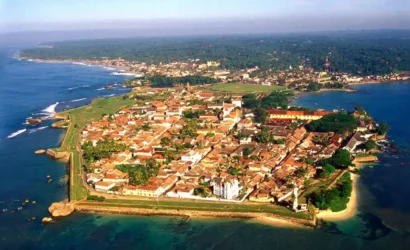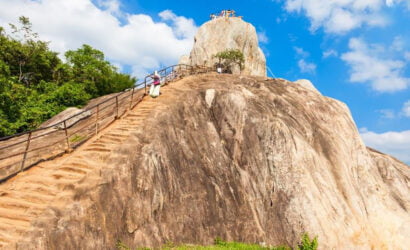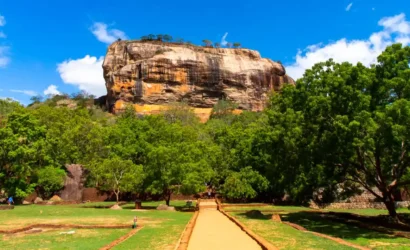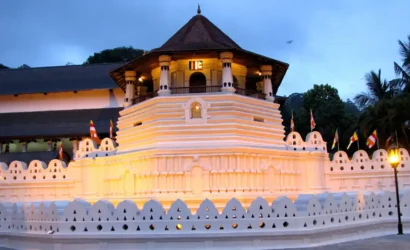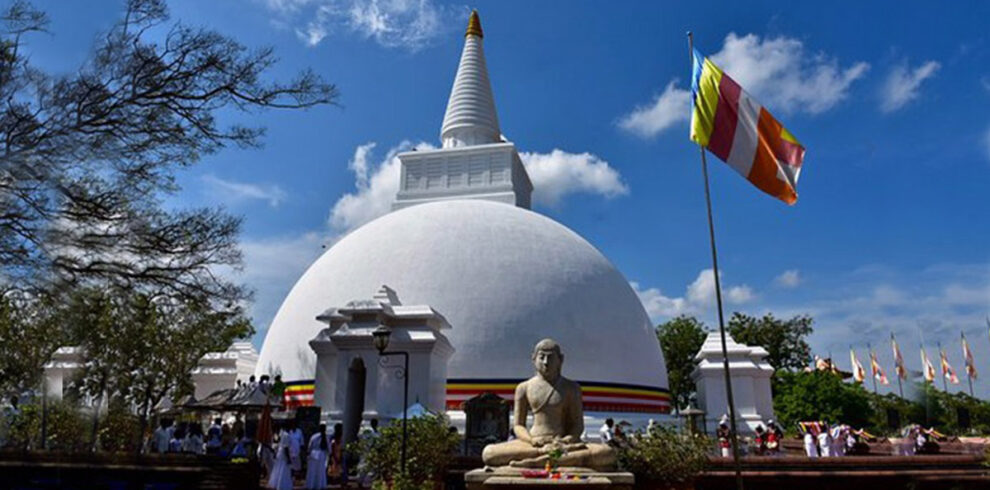Galle Fort sits on Sri Lanka’s southwestern coast and showcases a blend of European and South Asian architecture. The Portuguese built the fort in 1588, and the Dutch expanded it in the 17th century. Today, it stands as a monument to Sri Lanka’s colonial history and serves as a vibrant cultural center.
Historical Significance
Galle Fort is a UNESCO World Heritage Site known for its unique mix of European and Asian architecture. Its strategic position on the Indian Ocean made it vital for trade and defense during colonial times. The fort has survived numerous invasions and natural disasters, emerging as one of Asia’s best-preserved sea forts.
Historical Background
- Portuguese Era (1505–1658): The Portuguese arrived in Galle in 1505 and established a small fort to safeguard their trade. During this period, they laid the foundation for the fort’s structure.
- Dutch Era (1658–1796): The Dutch East India Company took control of the fort in 1658. They expanded it by adding strong ramparts and defensive walls, leaving a distinct architectural mark, including the Dutch Reformed Church.
- British Era (1796–1948): The British assumed control in 1796. While they did not significantly alter the fort’s structure, they managed its administration and maintenance.
Architectural Marvel
The fort features narrow streets flanked by colonial-era buildings, many of which have been restored and converted into boutique hotels, cafes, and shops. The ramparts, built with granite and coral stones, provide sweeping views of the Indian Ocean. Notable landmarks within the fort include the Galle Lighthouse, Dutch Reformed Church, and the Old Dutch Hospital, each showcasing the area’s rich history and culture.
Cultural Hub
Today, Galle Fort thrives as a vibrant cultural hub, drawing tourists, artists, and historians. The area blends old-world charm with modern attractions, including art galleries, antique shops, and museums. Visitors can stroll cobblestone streets and enjoy the historic ambiance. The annual Galle Literary Festival, which gathers global writers and literature enthusiasts, further establishes the fort as a cultural hotspot.
Experience Galle Fort
Visitors can explore Galle Fort for hours, soaking in its unique sights, sounds, and flavors. The fort caters to various interests, from history and architecture to seaside views. It also offers diverse dining options, from street food stalls to upscale restaurants, where guests can enjoy both local Sri Lankan cuisine and international dishes.
Highlights of Galle Fort
- Dutch Reformed Church: A historic church built in 1755, showcasing Dutch colonial architecture and featuring ancient tombstones and an antique organ.
- Galle Lighthouse: The oldest lighthouse in Sri Lanka, offering stunning views of the Indian Ocean and the surrounding fort area.
- Old Dutch Hospital: A beautifully restored colonial building that now houses shops, cafes, and restaurants, blending history with modern comforts.
- Galle Fort Ramparts: Walk along the fort's ramparts to enjoy panoramic views of the ocean and the town, and witness the fort's formidable defensive structures.
- National Maritime Museum: A museum that provides insight into Sri Lanka's maritime history, including exhibits on shipwrecks, marine life, and naval artifacts.
- Historical Mansion Museum: A private museum showcasing a collection of antiques, artifacts, and memorabilia from the colonial era.
- Flag Rock Bastion: A popular spot for watching the sunset, this bastion was once used by the Portuguese to signal ships of impending danger.
- Meera Mosque: An active mosque within the fort, reflecting the diverse cultural and religious history of the area.
- Groote Kerk (Dutch Church): Another significant church within the fort, known for its simple yet elegant architecture and serene atmosphere.
- Antique and Art Shops: Explore the various shops selling antiques, jewelry, and artwork, offering a glimpse into Sri Lanka's cultural heritage.
- Fort Bazaar: A bustling market area where you can find local crafts, spices, and souvenirs, perfect for shopping enthusiasts.
- Galle Literary Festival: If visiting in January, experience the Galle Literary Festival, a vibrant event attracting writers, artists, and literary enthusiasts from around the world.

